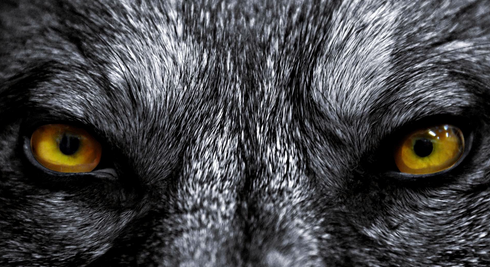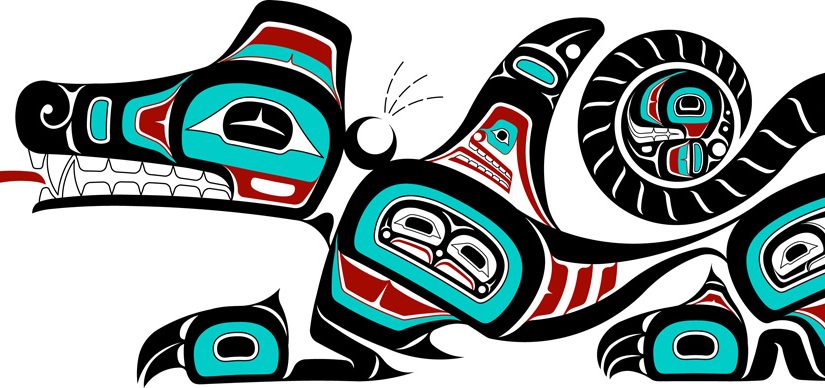Write a short story (600 – 1000 words max) that describes your sense of home and the values and stories that you use to connect yourself to your home and respond to all comments on your blog.
An interesting video project about the meaning of home
“Home may be in another time and place, and yet it holds us in its power here and now. Home is like our language, compelling us to think and feel in certain ways and giving us the freedom to imagine other ways and other places. It is who we are and where we belong. Home both binds us and liberates us” -Chamberlin (76).
There’s no place like home. As we journey through life—it is comforting to know that there is a place where you can find solace, comfort, and open arms just across the threshold.
I just stated that there is no “place” like home. I lied. To me, home is not a place, but the people who make the home.
It’s knowing that no matter how hard times get, someone is there for you.
The delicious scent of dinner in the oven.
The smell of fresh laundry and a hot cup of tea.
The most common understanding of home was that it was a place within you that is built out of memories, community, family, togetherness, and not the literal structure of the house. Home is inside of every one of us.
The sense of familiarity is also what makes the home. It could be anywhere on Earth, but I carry the home wherever I go. I moved every year or two ever since I was a child and despite the change of scenery and material possessions, I’ve always felt that familiarity as long as I could see my friends and family and be able to find solace in their open arms.
Perhaps, home is a state of mind. Home is where I feel I belong and know that people there will say you belong to them, no matter the situation. Our home is whatever we provide for ourselves.
To me home has always been where I could go to be myself. Where things are the way I left them. It is a place of rest and peace. It has sometimes been a place of luxury and comfort while there have been times when it was barely four walls and a fan. But, in all those times, home has been a place of solitary peace for me, where I can escape from the world.
Ideally, the physical home is also connected with the spiritual home — the social capital you need to feel like you belong. If you have both a place and a community and you are wanted in that place and you want to be in that place, then I would say that is a home. A place where, when you have to go there, or even if you don’t have to go there but just want to be there, you are welcome and they do take you in.
I love travelling and I don’t think I could ever settle anywhere, especially Vancouver, a place that I grew up in and have lived my entire life. The comfort is what motivates me to continually move away from home, but it is the people who keep me coming back. Even if I’m hundreds of miles away from my loved ones, the thoughts of them being there for me is my home so the meaning and value is never lost. I’m young and I don’t want to be comfortable and home is where I can be too much of myself and too little of the space around me.
The stories that connect me to my home include the countless family vacations, arguments, and the time spent with friends and family in the same space. The comfort and sometimes, discomfort through the petty drama of our lives. The re-telling of our personal stories. Home are the stories that we tell our family and the response and love we receive through everyday life.
I will get up one day and leave it all behind. However, home is never lost. I don’t think I’ll ever settle in one place for long, but I continually build home in people, communities, habits, and my ever-evolving patterns of being.
A great TED Talk on Where is Home?
Works Cited:
Chamberlin, J. Edward. If This Is Your Land, Where Are Your Stories?:Finding Common Ground. Toronto: Vintage Canada, 2004. Print.
TEDtalksDirector. “Pico Iyer: Where Is Home?” YouTube. YouTube, 2013. Web. 28 Sept. 2016.
“What Is Home?” A Video Project by Studio 20. N.p., n.d. Web. 28 Sept. 2016.






